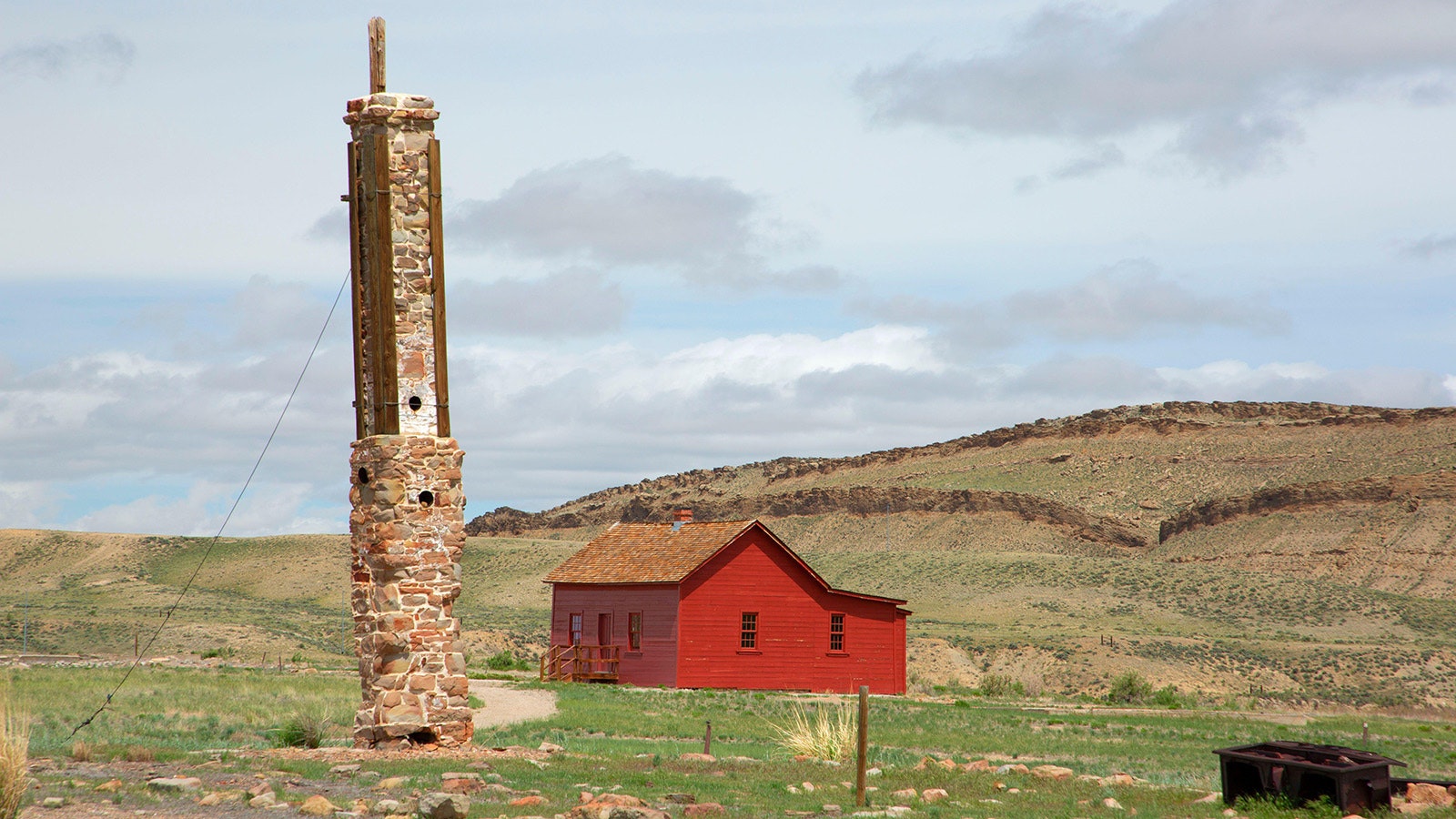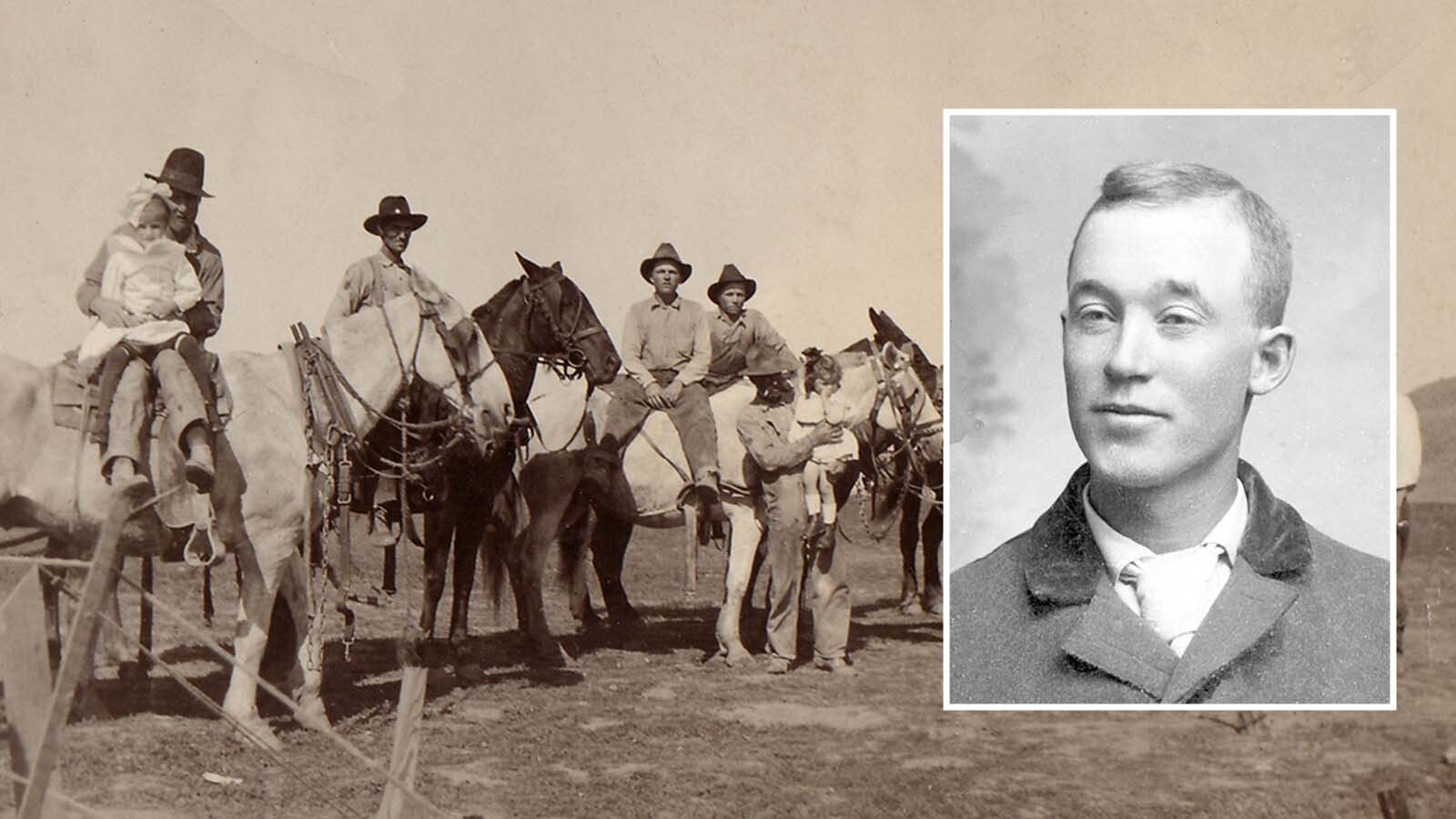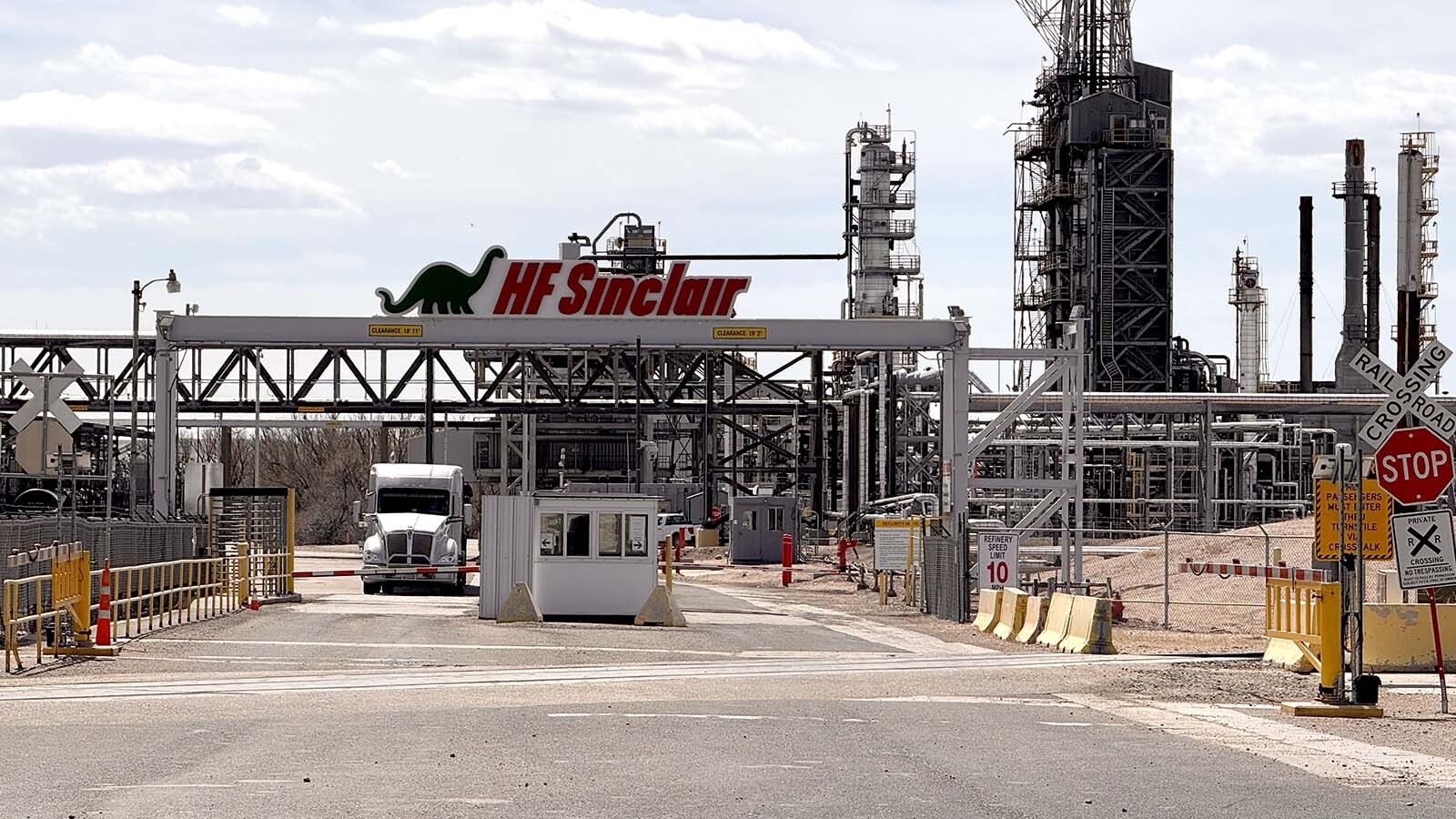When President Teddy Roosevelt set out for his second visit to Yellowstone National Park in April 1903, the famed big-game hunter wanted to make it something special.
He and his family had visited the park in 1890 before he stormed San Juan Hill with the Rough Riders in 1898, or before he was been added to the Republican ticket as vice president to William McKinley in 1900.
As president, Roosevelt’s thoughts on the two-week trip that began April 8, 1903, turned to wildlife and his passion for hunting and to bag something big in the park.
“He actually writes to the secretary of Interior to get permission to do this because, of course, Yellowstone was closed to hunting for the public,” said William Hansard, historian at the Theodore Roosevelt Center at Dickinson State University in Dickinson, North Dakota. “That is probably the biggest reason that he decides not to go through with it. He does not want to be seen as a hypocrite for hunting in the park when it is closed to everyone else.”
Still, the newspapers were proclaiming that this was the president’s purpose.
The Wyoming Tribune on April 12, 1903, published a front-page story with the headline “A Lion Hunt: President Roosevelt Cannot Resist A Few Shots In the Park.”
The report said he was hunting mountain lions with acting Yellowstone Park Superintendent Maj. John Pitcher and a guard of soldiers.
“The president will undoubtedly bag a few lions, although it is not known whether he has secured any yet,” the paper reported. “He will also get plenty of opportunity to shoot a few wolves.”
A few days later on April 15, the newspaper corrected its report saying, “President Roosevelt declines to shoot even lions in the park.”
But before the president’s 14-day trip in the park was over, Roosevelt was able to dispatch a creature in the interest of science that’s still part of the Smithsonian’s collection.
Tour And Vacation
Hansard said the 1903 Yellowstone trip was part of Roosevelt’s “Great Loop Tour,” which took him through the Midwest and West covering 14,000 miles, 21 states and giving 260 speeches.
“He has not yet officially announced that he is running for the 1904 election, but of course, he will,” Hansard said. “It’s a very non-partisan, general speaking tour, but he makes a sort of vacationing part of the tour as well.
“And so, he arranges to spend two weeks in Yellowstone.”
He was escorted by Pitcher, and Roosevelt had asked naturalist John Burroughs to accompany him as well.
Since it was April, snow remained on the ground in the park. One day when they were visiting the lower geyser section of the park, Roosevelt spied something scurrying along the ground.
It was a vole.
“He hops out of this moving sleigh and scoops up the vole in his hat,” Hansard said. “He skins it. He doesn’t actually have it stuffed, but he will clean the skin and clean the skull.”
Hansard said Roosevelt thought he may have discovered a new species of the creature, but it wasn’t. It was a known variety of Montana vole.
Not knowing that at the time, Roosevelt took his Yellowstone hat catch and had the skin and skull sent to Dr. Clinton Hart Merriam, the head of the biological survey at the U.S. Department of Agriculture.
The department was the forerunner for the U.S. Fish and Wildlife Service, Hansard said. Merriam was a respected ornithologist, mammalogist and friend of Roosevelts.
“Roosevelt sends him the skin and skull and says in the letter something like, ‘I am not sure this will be of value to you, but I am sending it in the off chance that it is,’” Hansard said.
Roosevelt included the measurements of the skin and skull as well.
Hansard said the creature remains at the Smithsonian, confirmed by a Smithsonian YouTube video of mammal collections manager Darrin Lunde in 2014 talking about Roosevelt’s vole.
In fact, the museum has a lot of voles and small rodents donated by Roosevelt, who Lunde described as an active “naturalist.”
First Skull
Roosevelt’s naturalist interests began as a boy. His father was a co-founder of the American Museum of Natural History in New York City.
Hansard said one Roosevelt story has him spotting a dead harbor seal in Manhattan near the fish market as a boy, and Roosevelt starts measuring it. He convinces someone to let him have the skull and it becomes the first item in his private Roosevelt Museum of Natural History.
“He and his cousins will start collecting flora and fauna of all kinds,” Hansard said. “He is meticulously cataloging all of his specimens.”
When he was old enough to get a gun, Roosevelt shot a snowy owl and stuffed it. The owl was displayed at the museum started by his father.
Back at Yellowstone in 1903, Roosevelt’s known sense of “boyish wonder” at the natural world kept him stalking big game to study and not shoot them.
Hansard said a noted moment of the trip came as Roosevelt was camping in a tent and someone yelled that bighorn sheep they’d tried to track were climbing down a cliff face.
“He’s in the middle of shaving in the morning and he actually jumps up from his chair, half shaven, towel around his neck, and runs off to see the sheep,” Hansard said. “So, there was just this sense of almost childlike wonder about the natural world and the wildlife was what he was there primarily to see.”
Roosevelt had heard that the animals in the park were relatively tame and allowed visitors to get relatively close to them.
Since the visit was in April, Roosevelt did not see any bears during his trip because they were still hibernating. One day, Hansard said he spotted tracks, but attempts to track the bear proved unsuccessful.
During his 1903 trip, Roosevelt wrote others that the elk were much more numerous than he had experienced 12 years earlier. He spent a day alone in the park on a hike to find a herd of elk and spent more than an hour within 50 feet of them.
Burroughs’ View
Burroughs, who wrote about his trip with Roosevelt in an account published in the Atlantic Monthly in May 1906 reported that when Roosevelt invited him along, he understood that the president’s main motive was to “see and study in its semi-domesticated condition the great game which he had so often hunted during his ranch days.”
Burroughs recorded that when the newspapers reported that Roosevelt intended to hunt in the park, Burroughs received a protest letter from a Vermont woman who “hoped I would teach the president to love the animals as much as I did.”
“She did not know that I was then cherishing a secret hope that I might be allowed to shoot a cougar or a bobcat,” Burroughs wrote. “But this fun did not come to me. The president said, ‘I will not fire a gun in the park and then I will have no explanations to meet.”
Still, Roosevelt expressed his desire at a Yellowstone campsite with Burroughs and others that: “I feel as if I ought to keep the camp in meat. I always have.”
Burroughs was riding with Roosevelt when he captured his only meat in the park.
“As we were riding along in our big sleigh toward the Fountain Hotel, the president suddenly jumped out, and, with his soft hat as a shield to his hand, captured a mouse that was running along on the ground near us,” he wrote. “While we were all fishing in the afternoon, the president skinned his mouse and prepared the pelt to be sent to Washington.
“It was done as neatly as a professed taxidermist would have done it. That was the only game the president killed in the park.”
Roosevelt’s 1903 visit included his laying of the cornerstone for the Yellowstone Park’s north entrance arch in Gardiner, Montana, that now bears his name.
During a speech at the arch, The Livingston Post in Livingston, Montana, on April 30, 1903, reported that he praised the fact that the animals in Yellowstone “show a literally astonishing tameness” and that the “wild creatures of the park are scrupulously preserved.”
While he likely was not referring to the little creature he snatched up, Hansard said Roosevelt’s little vole pelt in Washington, D.C., remains a testament to his naturalist ways.
“It is the only mammal specimen in the Smithsonian to have been collected by a sitting president,” he said.
Dale Killingbeck can be reached at dale@cowboystatedaily.com.














